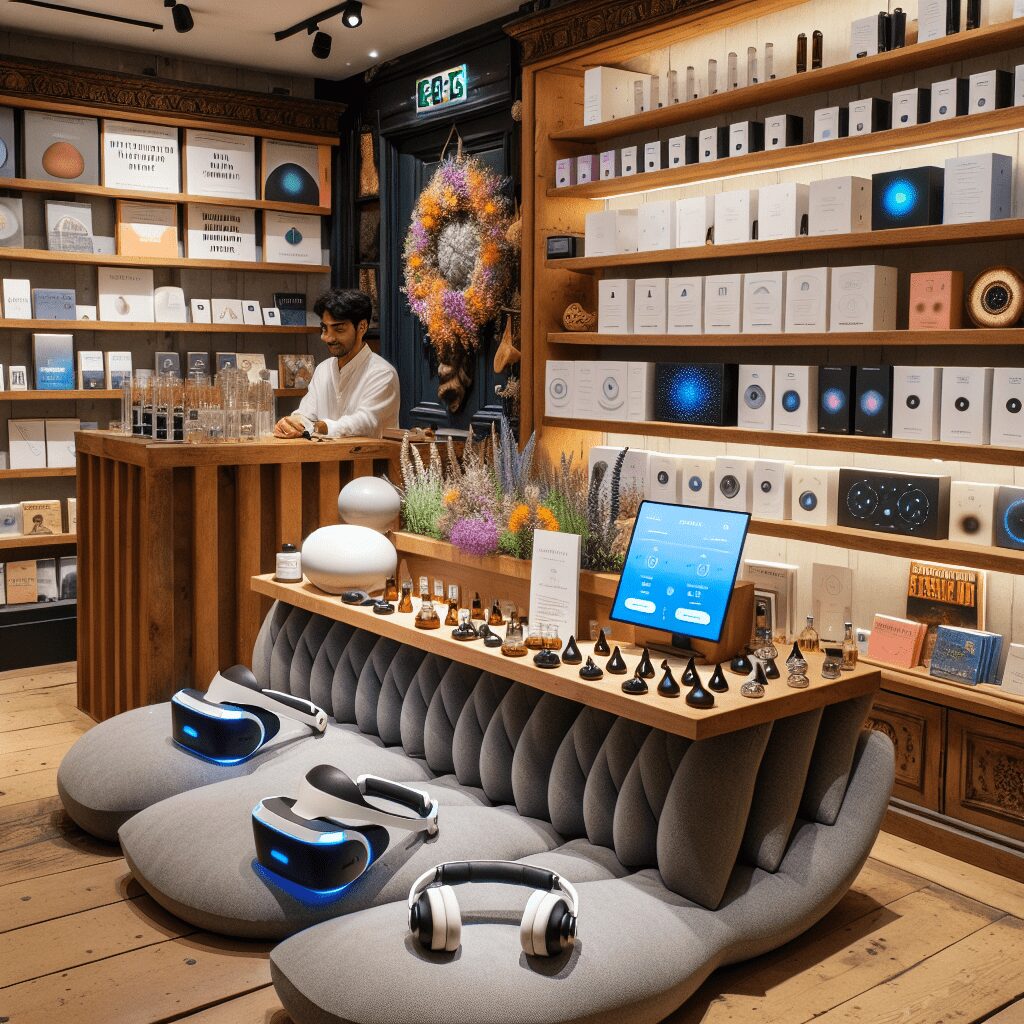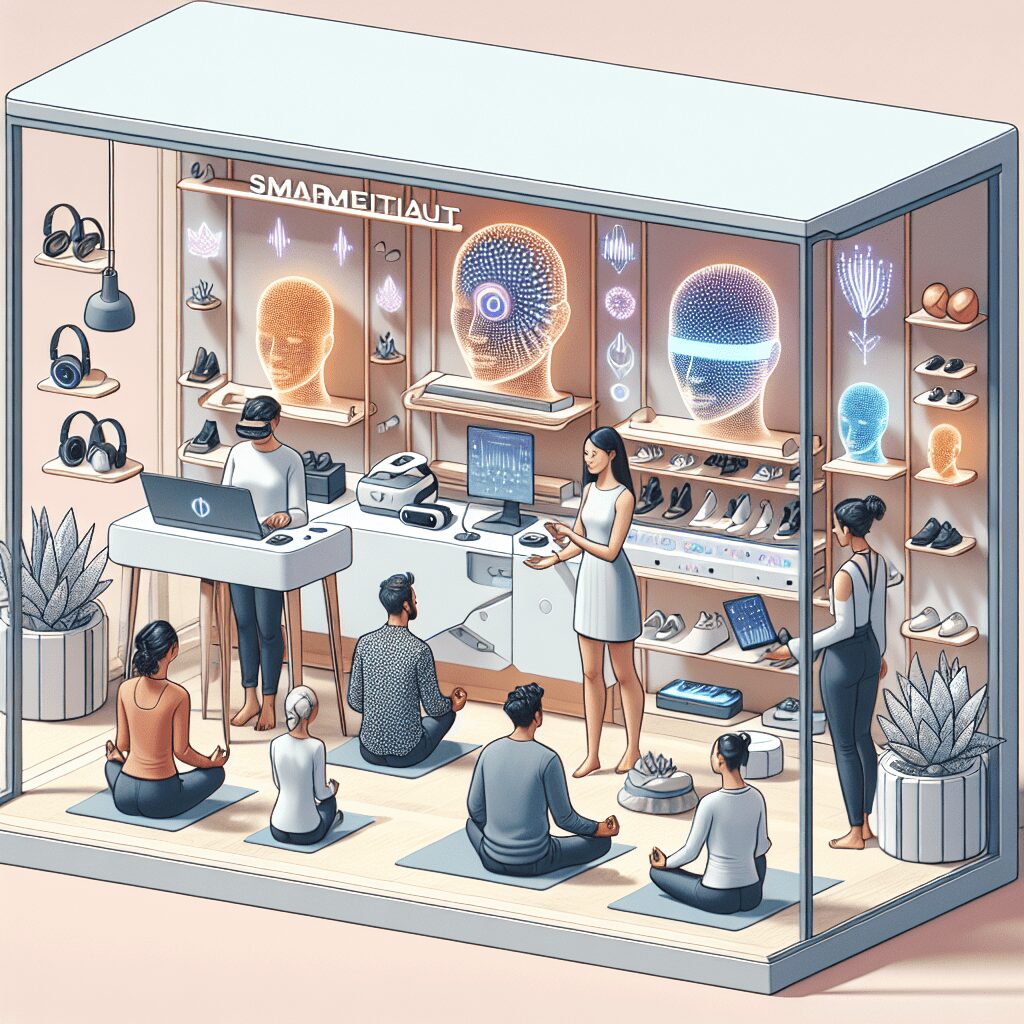
Prioritize your mental well-being daily. Enhance your life by nurturing your mental health with the Smart Meditation app. Break free from stress, alleviate anxiety, and enhance your sleep quality starting today.
How Common Is Anxiety In The U.s?
Unveiling the Veil of Anxiety: Its Grips on the U.S.
In a world that never sleeps, where the wheels of progress churn incessantly, it’s no wonder that anxiety has found fertile ground to flourish. The United States, a land of dreams and relentless pursuit, has seen a notable surge in the prevalence of anxiety disorders. But just how widespread is this condition that tiptoes on the edge of our collective consciousness?
A Closer Look at the Numbers
To say that anxiety is common in the U.S. would be an understatement. According to the Anxiety and Depression Association of America (ADAA), anxiety disorders affect a staggering 40 million adults in the United States aged 18 and older. To put that into perspective, that’s about 18.1% of the population every year. Yet, despite its prevalence, only 36.9% of those suffering receive treatment.
But let’s dig a bit deeper, shall we? Not all anxiety is created equal. The condition manifests in various forms, including Generalized Anxiety Disorder (GAD), Panic Disorder, Social Anxiety Disorder, Obsessive-Compulsive Disorder (OCD), and Post-Traumatic Stress Disorder (PTSD), to name a few. Each carries its own set of challenges and symptoms, making anxiety a multifaceted beast.
What’s more, anxiety doesn’t play favorites. It can strike anyone, regardless of age, race, gender, or socioeconomic status. However, studies show that women are twice as likely to be affected as men. And let’s not forget about the kids – the National Institutes of Health (NIH) reports that 25.1% of children between the ages of 13 and 18 suffer from anxiety disorders. Clearly, anxiety is a pervasive issue, spanning the breadth of the U.S. population.
Battling the Invisible Foe
So, what’s being done about it? Well, for starters, awareness about mental health has seen a significant uptick in recent years. Words like “anxiety” and “depression” are no longer whispered in hushed tones; instead, they’re part of the national conversation. This shift in narrative is crucial in destigmatizing mental health issues and encouraging those affected to seek help.
On the treatment front, there’s a smorgasbord of options available, from traditional therapy and medication to more holistic approaches like mindfulness and yoga. Cognitive Behavioral Therapy (CBT), in particular, has emerged as a gold standard in anxiety treatment, offering a beacon of hope to those navigating these turbulent waters.
Yet, despite these advances, the journey toward a less anxious nation is far from over. Stigma still exists, and barriers to accessing mental health care, such as cost and lack of insurance coverage, remain formidable foes.
A Rallying Cry for Change
As we stand on the precipice of what could very well be a mental health revolution, it’s clear that a collective effort is needed. It’s not just about treating anxiety but preventing it where possible. This means investing in early intervention programs, fostering supportive environments at schools and workplaces, and ensuring that mental health services are accessible to all.
In sum, while anxiety may be common in the U.S., it’s far from invincible. With continued awareness, education, and advocacy, we can chip away at the stigma and barriers surrounding mental health. After all, everyone deserves to live a life unencumbered by the weight of anxiety. And perhaps, in time, we’ll see a future where the grip of anxiety on the U.S. is nothing but a distant memory.





